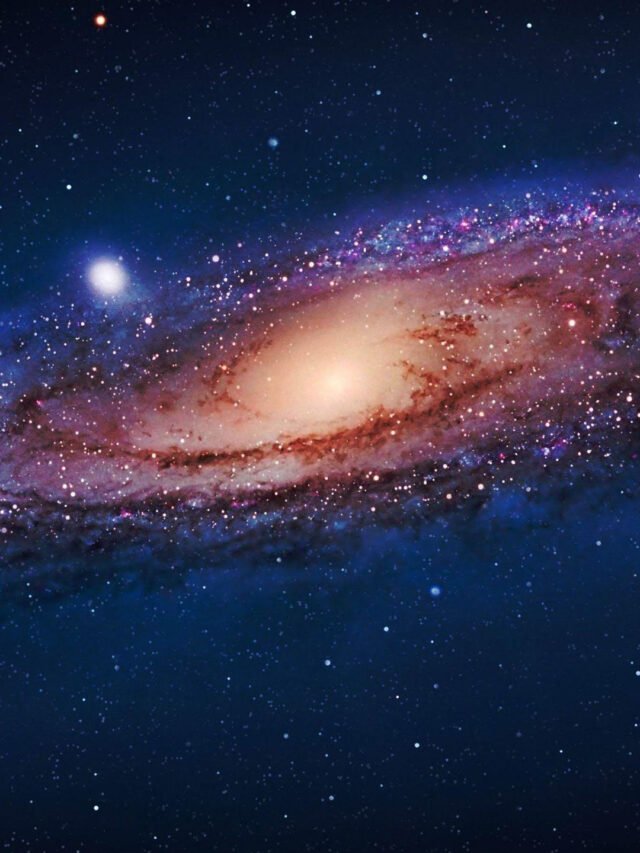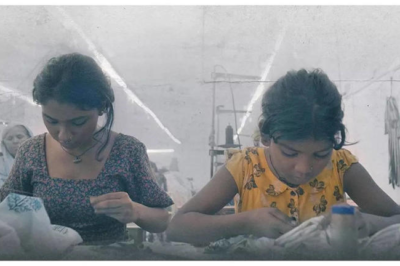
Delhi’s air quality has plummeted to alarming levels, with the Air Quality Index (AQI) crossing 494 in several areas, sparking a mix of concern and frustration among residents and netizens alike. As the smog thickens, social media has been abuzz with comparisons between Delhi’s pollution and air quality in other cities, particularly Bengaluru. One popular quip making rounds on X reads, “Smoking in Bengaluru is healthier than doing Yoga in Delhi.”
The Gravity of Delhi’s Pollution Crisis
- AQI Hits Hazardous Levels: On Monday, Delhi’s AQI reached a staggering 494, with some monitoring stations recording a maximum of 500—the upper limit of the AQI scale.
- Stage 4 of GRAP Activated: The worsening pollution has prompted the implementation of Stage 4 measures under the Graded Response Action Plan (GRAP), which include:
- Ban on construction and demolition activities (except critical projects like defence, Metro, and healthcare).
- Prohibition of diesel-powered BS-IV and below medium and heavy vehicles from entering Delhi, barring essential services.
- Transition to online classes for students, except for those in classes 10 and 12.
Impact on Daily Life
- Restricted Outdoor Activities: Residents have been urged to stay indoors, and schools are taking precautions to protect students from the health effects of pollution.
- Health Concerns Soar: The hazardous air quality has heightened the risk of respiratory issues, particularly among children, the elderly, and individuals with pre-existing conditions.
Netizens Weigh In
The deteriorating air quality has sparked outrage and dark humor online. Many users on X have lamented the state of Delhi’s air, while others have drawn comparisons to cities like Bengaluru, where air quality is relatively better. Some trending reactions include:
- “Who needs a cigarette when you have Delhi’s air to breathe?”
- “Bengaluru may have traffic jams, but at least we can breathe!”
Current Hotspots of Pollution
Of Delhi’s 36 air monitoring stations, 13 reported AQI levels of 499 or 500, marking them as the most polluted locations:
- India Gate
- Mundka
- Dwarka
- Najafgarh
- Rohini
- Siri Fort
- Punjabi Bagh
The Way Forward
Addressing Delhi’s pollution crisis demands both immediate action and long-term solutions:
- Short-Term Measures: Enhanced enforcement of GRAP protocols, restrictions on vehicular emissions, and increased use of air purifiers in critical areas.
- Long-Term Solutions:
- Transition to cleaner energy sources.
- Expanding green cover in urban areas.
- Strengthening public transportation to reduce private vehicle dependency.
As Delhi grapples with this environmental emergency, the city’s residents hope for cleaner air and sustainable solutions to avoid recurring crises.




































Leave a Reply